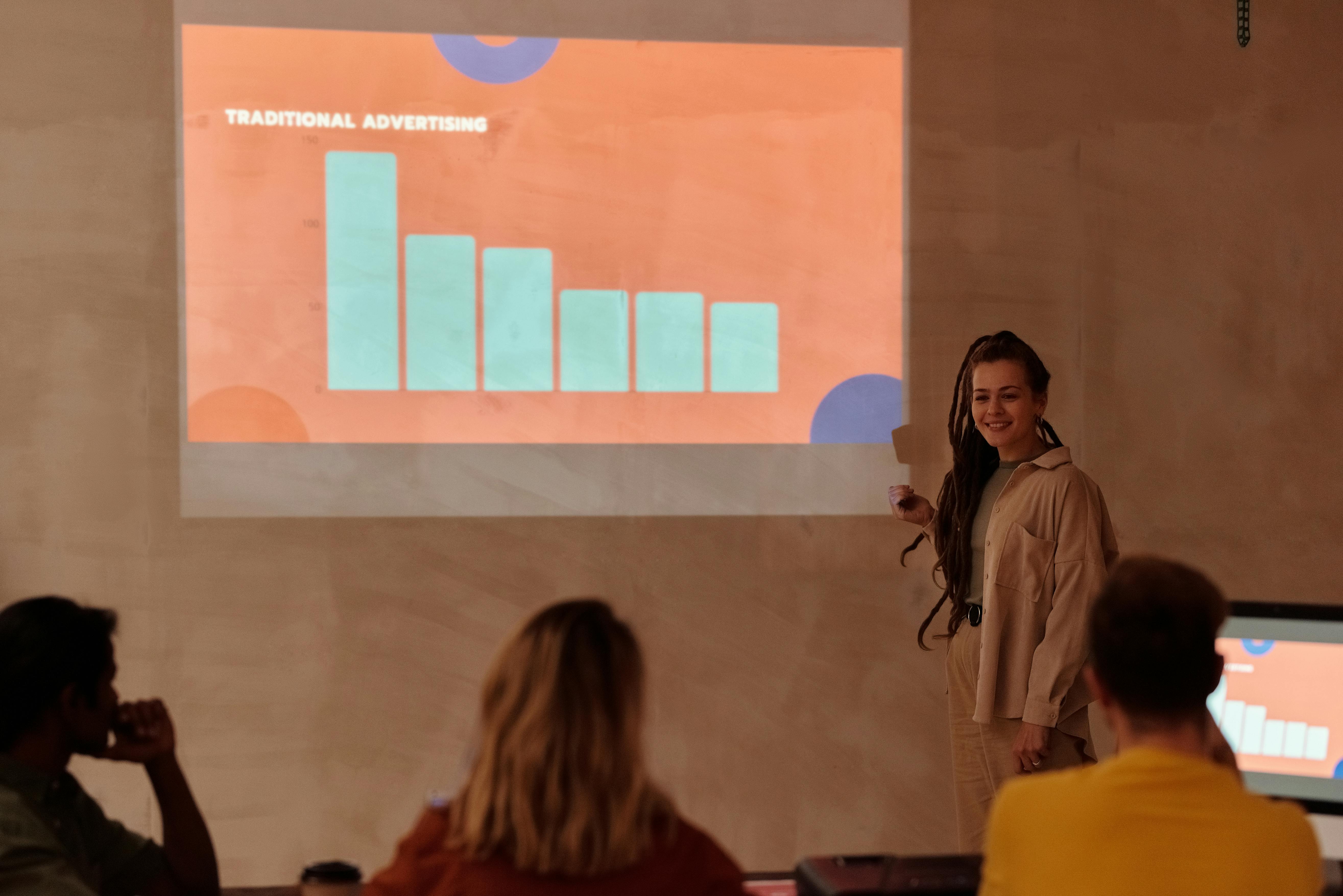As a teacher of integration of the arts, I often use storytelling as a teaching tool and have recognized that when I demonstrate various methods of telling a story, I use at least one of Howard Gardner’s eight multiple intelligences.
Gardner defines intelligence as the ability to solve a problem or create a product in a naturalistic environment; In other words, according to Gardner, the question is not whether someone is smart, the question is how someone is smart. To answer this question, Gardner affirms that we all possess eight intelligences, although some of us are more dominant in some than in others. From this, I assumed that each time I diversify my storytelling methods, I am essentially giving my students the opportunity to show me new capacities and strengths.
Below are eight methods I have used to teach storytelling with examples of how each connects to one of Gardner’s eight intelligences.
1. Traditional Narration with Words Only: Students tell a story based on their personal experience, poems, songs, or other form of writing. The words act as the centerpiece. This approach interacts with Gardner’s “verbal-linguistic intelligence,” which ultimately increases students’ opportunities to show effective use of words and phrases.
2. Stories of movement: students tell stories in narrative form; however, the movements and gestures blend seamlessly into the story. This method highlights Gardner’s body kinesthetic intelligence as it allows students to demonstrate their skills through the interaction of words and body movements.
3. Picture Prompts: Students look at pictures and tell a story depending on visual prompts. According to Gardner, this method reflects visuospatial intelligence. This technique encourages students to use visual imagery, not only to initiate thinking about the story, but also to work out the evolution of the story.
4. Music Enhanced Stories: Students tell a story accompanied by background music to set the tone or improve the mood. This format allows the music to help facilitate the student’s ability to tell the story, exemplifying Gardner’s musical-rhythmic intelligence.
5. Journal or Journal Stories: Students tell a story based on personal feelings, ideas, and thoughts from the journal or journal entries. Restructuring these inputs invites students to think about the content in an introspective way, thus this process aligns with Gardner’s intrapersonal intelligence.
6. Group stories: Students tell a group story. When placing students in groups to develop a story, students must work cooperatively and collaboratively; As a result, this method demonstrates Gardner’s interpersonal intelligence.
7. Fauna and Flora Stories: Students tell a story that they have told before, but anecdotes related to nature should be incorporated. Since this approach forces students to be more sensitive to their natural environments, it exhibits Gardner’s naturalistic intelligence.
8. Object Connections: Students draw on an existing story related to an inanimate object. This method requires that students not only use prior knowledge, but also make logical inferences. Since students are showing their ability to establish patterns of logical reasoning, this practice fits well with Gardner’s logical-mathematical intelligence.
I can’t believe how these eight storytelling methods have made such a big difference to the way I view my students’ intelligences; In addition, my students say that they love the challenge of displaying their skills and abilities in more ways than one.
